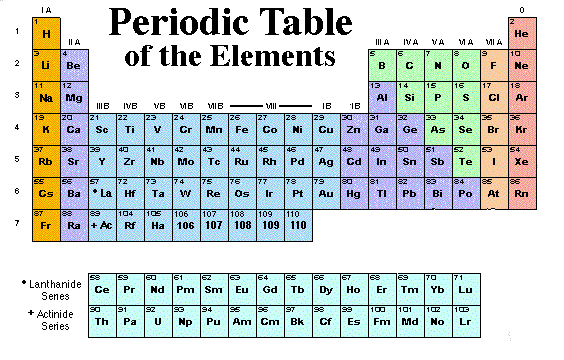Scientists at the University of California, Santa Cruz, have trapped the ribosome, a protein-building molecular machine essential to all life, in a key transitional state that has long eluded researchers. Now, for the first time, scientists can see how the ribosome performs the precise mechanical movements needed to translate genetic code into proteins without making mistakes.
Credit: http://news.ucsc.edu/Search This Blog
Saturday 29 June 2013
Friday 28 June 2013
Sunday 16 June 2013
Gustatory Tug-Of-War Key to Whether Salty Foods Taste Good
As anyone who’s ever mixed up the sugar and salt while baking knows, too
much of a good thing can be inedible. What hasn’t been clear, though,
is how our tongues and brains can tell when the saltiness of our food
has crossed the line from yummy to yucky — or, worse, something
dangerous.
Credit: http://www.newswise.com
Tuesday 11 June 2013
Unfrozen mystery: H2O reveals a new secret
Using revolutionary new techniques, a team led by Carnegie’s Malcolm
Guthrie has made a striking discovery about how ice behaves under
pressure, changing ideas that date back almost 50 years. Their findings
could alter our understanding of how the water molecule responds to
conditions found deep within planets and could have implications for
energy science. Their work is published in the Proceedings of the National Academy of Sciences.
Wednesday 5 June 2013
Quantum Model Helps Solve Mysteries of Water
Water is one of the most common and extensively studied substances on earth. It is vital for all known forms of life but its unique behaviour has yet to be explained in terms of the properties of individual molecules.
Water derives many of its signature features from a combination of
properties at the molecular level such as high polarizability,
directional hydrogen bonding sites and van der Waals forces, the
attractive or repulsive forces between molecules not related to covalent
or ionic bonds.
http://www.npl.co.ukMonday 3 June 2013
Artificial Magnetic Monopoles Discovered
A team of researchers from Cologne, Munich and Dresden have managed to create artificial magnetic monopoles. To do this, the scientists merged tiny magnetic whirls, so-called skyrmions.
At
the point of merging, the physicists were able to create a monopole,
which has similar characteristics to a fundamental particle postulated
by Paul Dirac in 1931. In addition to fundamental research, the
monopoles may also have application potential.
The question of whether
magnetic whirls can be used in the production of computer components one
day is currently being researched by a number of groups worldwide.
Credit: http://www.portal.uni-koeln.de/
Subscribe to:
Posts (Atom)
- Do not get over excited over happiness and do not get over depressed over sorrow.
- Do not get over bonded with anyone and anybody because it can lead to problems and sorrow.
- Never think that my duty is the topmost or lowermost. Every duty is respectful. The responsibility undertaken or given as per the position is the noblest duty.
- Elevate yourselves, family, society and nation and never denigrate yourselves, family, society and nation.
- We are our own closest relatives and if not properly utilised we will become our closest enemies.
- There are possibilities of success and failure in any endeavour. One cannot assure success always.
- Death is inevitable for everyone in this world. In any endeavour at the maximum an individual may die.
- People may say good and also they may say bad. Approach them with stabilised mind.
- Take anything after scientifically, logically and rationally analysing them.
- Perform your duty, responsibility and accept the privileges eligible for you.
- First change ourselves and then try to change others.
- We are all instruments /tools in the hands of the nature for performing the duty. So do not think that I am doing the duty. Think that I am an instrument to do the duty.
- Results of action may not be sweet always. Accept what ever may be the result.
- Follow the path of great scholars who guided the world. Listen their messages.
- Results and rewards will come and go but stick to your duty with devotion, dedication and sincerity.






